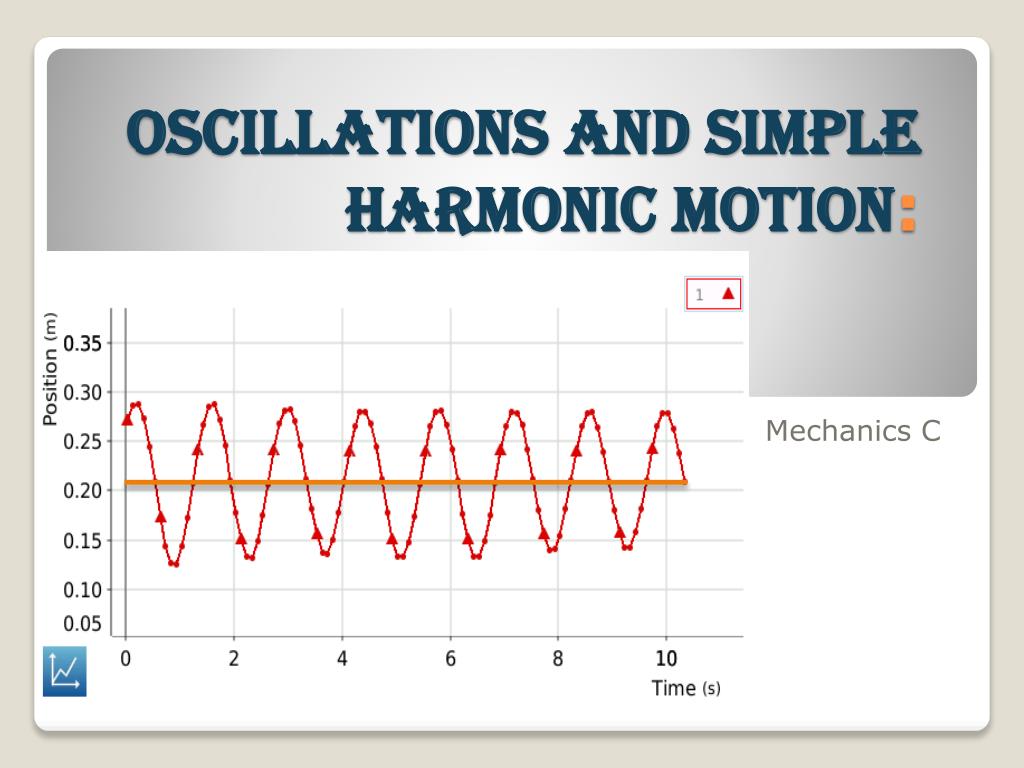
Reference: “Atomic-scale quantum sensing based on the ultrafast coherence of an H 2 molecule in an STM cavity” by Likun Wang, Yunpeng Xia and W. Department of Energy Office of Basic Energy Sciences, was Yunpeng Xia, UCI graduate student in physics & astronomy. Joining Ho and Wang on this project, which was supported by the U.S. Hence, the frequency of oscillations is 3.18 cycles per second. “As long as hydrogen can be adsorbed onto a material, in principle, you can use hydrogen as a sensor to characterize the material itself through observations of their electrostatic field distribution,” said study lead author Likun Wang, UCI graduate student in physics & astronomy. (c) A hydrogen molecule rotating about its center of mass. The ability to characterize materials at this level of detail based on hydrogen’s quantum coherence can be of great use in the science and engineering of catalysts, since their functioning often depends on surface imperfections at the scale of single atoms, according to Ho. Ho said this experiment represents the first demonstration of a chemically sensitive spectroscopy based on terahertz-induced rectification current through a single molecule. The STM that Ho and his team assembled is equipped to detect minute electrical current flowing in this space and produce spectroscopic readings proving the presence of the hydrogen molecule and sample elements. The space between the STM tip and the sample is almost unimaginably small, about six angstroms or 0.6 nanometers. At this resolution, we could see how the charge distributions change on the sample.” “It makes for an extremely sensitive probe, allowing us to see variations down to 0.1 angstrom. “The hydrogen molecule became part of the quantum microscope in the sense that wherever the microscope scanned, the hydrogen was there in between the tip and the sample,” said Ho. student in physics & astronomy and Likun Wang and Ph.D. student in physics & astronomy Wilson Ho, Bren Professor of physics & astronomy and chemistry Yunpeng Xia, Ph.D. The UCI team responsible for the assembly and use of the terahertz laser-equipped scanning tunneling microscope pictured here are, from left to right, Dan Bai, UCI Ph.D. The duration of the cyclic oscillations is vanishingly brief – lasting mere tens of picoseconds – but by measuring this “decoherence time” and the cyclic periods the scientists were able to see how the hydrogen molecule was interacting with its environment. Through a laser pulse, the scientists can coax the system to go from a ground state to an excited state in a cyclical fashion resulting in a superposition of the two states. Ho said the hydrogen molecule is an example of a two-level system because its orientation shifts between two positions, up and down and slightly horizontally tilted. “A quantum microscope that relies on probing the coherent superposition of states in a two-level system is much more sensitive than existing instruments that are not based on this quantum physics principle.” “This project represents an advance in both the measurement technique and the scientific question the approach allowed us to explore,” said co-author Wilson Ho, Donald Bren Professor of physics & astronomy and chemistry. The small discrepancy arises from the neglect of the electron’s wave nature. Similarly, electron oscillation through the nuclei of H+2 accounts for a stable molecule ion with energy close to the quantum mechanical solution. Polifke W (2004) Combustion instabilities.“This project represents an advance in both the measurement technique and the scientific question the approach allowed us to explore,” says co-author Wilson Ho, UCI Donald Bren professor of physics & astronomy. Semiclassical oscillation of the electron through the nucleus of the H atom yields both the exact energy and the correct orbital angular momentum for l0 quantum states.
In: ASME Turbo Expo 2016, June 13–17, 2016 Seoul, South Korea. Han X, Hui X, Qin H et al (2016) Effect of the diffuser on the inlet acoustic boundary in combustion-acoustic coupled oscillation.

J Combust Soc Japan 50:72–80 (in Japanese) Kato S, Fujimori T, Kobayashi H (2008) Effect of acoustic impedance on one-dimensional linear analysis of combustion oscillation in premixed gas turbine combustor.

Īdachi S, Iwamoto A, Hayashi S et al (2007) Emission in combustion of lean methane-air and biomass-air mixtures supported by primary hot burned gas in a multi-stage gas turbine combustor. American Institute of Aeronautics and Astronautics, Inc. Lieuwen TC, Yang V (2005) Combustion instabilities in gas turbine engine.


 0 kommentar(er)
0 kommentar(er)
